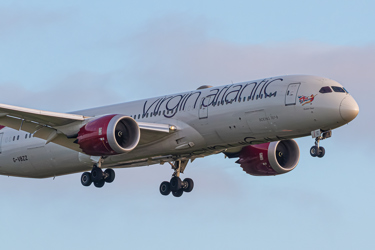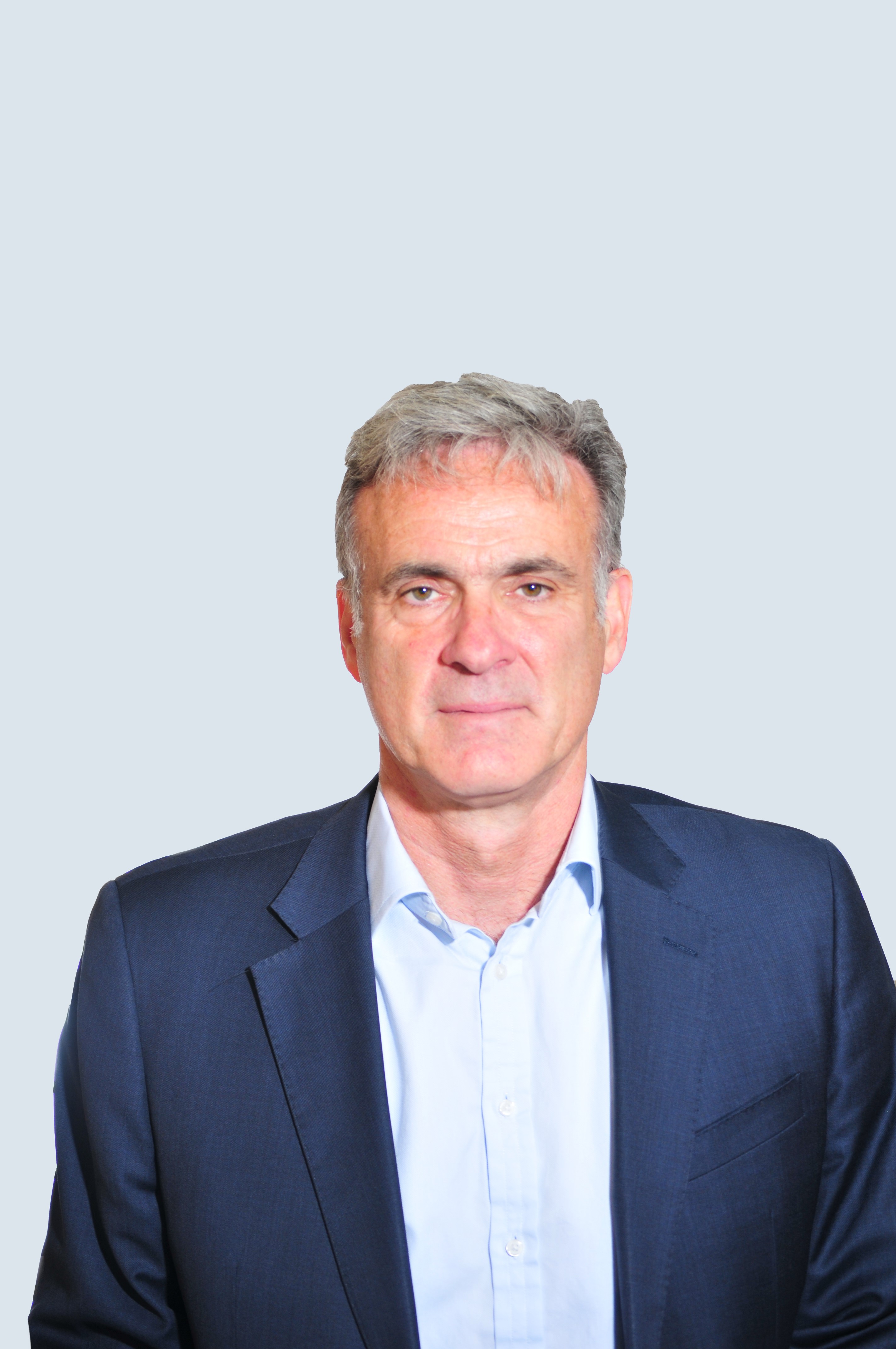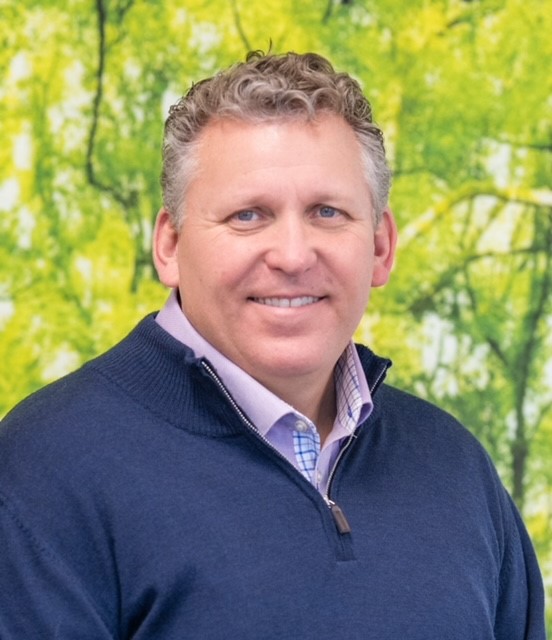Digital Exclusive: Bio-based aromatics give pathway to drop-in 100% SAF
I. GILMORE, Johnson Matthey, London, UK; and D. KETTNER, Virent, Madison, Wisconsin
In this digital exclusive, Iain Gilmore, Senior Manager, Catalyst Technologies, Johnson Matthey, and David Kettner, President and General Counsel, Virent, discuss a breakthrough process—invented by Virent and jointly developed for commercialization by Virent and Johnson Matthey—that provides the missing link to using 100% sustainable aviation fuel (SAF) in current aviation fleets and infrastructure: Bio-based aromatics.
SAF offers the most promising solution to reduce emissions in the aviation sector. It is a drop-in solution, and its use requires no change to existing aircraft or airport fuelling infrastructure. While this may appear to be a utopian solution, not all SAF is equal, and many options only allow a small reduction in emissions due to limitations on blend percentages.
Today, most SAF is used only as a percentage of petroleum-based aircraft fuel and based on the ASTM standard defining the parameters for SAF, the term has become an umbrella for various mixtures, none of which are drop-in 100% SAF. Policy frameworks and international agreements set a range of qualifying carbon intensity or carbon dioxide (CO2) equivalent value. If a synthetic carbon component of the fuel is below this, it can be called ‘SAF’. However, this term can be misleading, and the following will discuss why.
The challenge is that 100% SAF cannot be directly used in current aircraft fleets and fuelling infrastructure unless aromatics are included in the fuel mix. Aromatics are present in conventional fuels but not in many bio-based fuels such as hydroprocessed esters and fatty acids (HEFA) and Fischer-Tropsch (F-T) product. To ensure SAF blends are a drop-in solution, jet fuel standards require a minimum of 8% aromatics. To ensure this aromatic content, current synthetic alternatives can only be blended up to a maximum of 50% with conventional jet fuel. The result means the continued use of a large amount of conventional fuels, and associated emissions remain relatively high. This will not get industry to any of the international targets for aviation emissions reduction by 2030 or 2050.
Furthermore, standards for SAF do not address feedstocks, of which there are several, and so do not account for the different carbon intensity of different process routes and their supply chains. Of all the alternatives available today, HEFA is currently the cheapest and most widely produced synthetic fuel, but this has a limited feedstock pool and one that competes with the production of biodiesel. The availability of feedstocks has a huge impact on the overall deployment of a solution, and consideration must be given to all the various pathways to produce SAF. At the end of the day, the volume of kerosene needed for global aviation means that no single route or feedstock could provide enough to get the world to 100% SAF.
Ultimately, there are many opportunities for the emerging SAF market, but there are also challenges that must be overcome. These include how to increase the percentage of SAF that can be used in the current global fleet, feedstock flexibility to add supply chain security and resilience, and the ramp-up of production capacity.
Moving to 100% SAF. There have been multiple demonstrations and test flights using SAF blended into conventional fuel. However, Virgin Atlantic recently completed the first trans-Atlantic crossing using 100% SAF in both engines (FIG. 1). This has been made possible through a process—BioForming® sugar-to-aromatics (S2A) technology—which produces BioForm® synthesized aromatic kerosene (SAK) from sugars. This blend component provides the aromatics needed in the jet fuel used for current aircraft and infrastructure. Now, instead of blending conventional fuel with SAF, using a mixture of SAK and SAF means the fuel is 100% sustainable as a direct drop-in fuel and is compatible with current engines, fuelling systems and airport infrastructure.

FIG. 1. Virgin Atlantic recently completed the first trans-Atlantic crossing using 100% SAF in both engines.
The BioForming S2A process. Bioforming S2A technology produces BioForm SAK that can be blended with SAF produced from paraffinic pathways, such as HEFA, F-T or alcohol-to-jet (AtJ) to produce 100% bio-based jet fuel that is functionally indistinguishable from conventional jet fuel.
Although the fuel used in the successful Virgin Atlantic trans-Atlantic crossing used SAK produced from dextrose from corn, the bio-based aromatics can be created using a wide range of plant sugars, including beet sugar, sugar cane and corn starch, as well as cellulosic sugars produced from bagasse, corn stover, grasses, sorghum and wood, and other soluble carbohydrates have the potential to be the feedstock for SAK (FIG. 2).

FIG. 2. The Bioforming S2A technology.
Feedstocks are cleaned prior to entering a hydrogenation process that stabilizes the sugars. A hydrodeoxygenation phase then lowers the oxygen content before an acid condensation step to create the aromatic mixture. The properties of the resulting SAK, with fewer polynuclear aromatics, mean the drop-in SAF burns cleaner than conventional jet fuel, producing lower particulate emissions and providing increased fuel efficiency. The aromatics found in conventional jet fuel are a significant contributor to the fine particulate matter released when jet fuel is burned. BioForm SAK can reduce particulate emissions by up to 80%.
Creating a SAF economy. By enabling the use of drop-in 100% SAF, BioForm SAK has provided a viable route to meet 2030 and 2050 emissions reduction targets. It supplies the necessary aromatics for jet fuel and can be blended with a range of other SAF, accelerating the shift from conventional fuel to sustainable alternatives compatible with existing aviation technology. The various demonstration flights using BioForm SAK have also shown that SAK can be a ‘normalizer’ to ensure different SAF blendstocks can be brought within specification and meet aviation performance criteria.
Along with government policies to promote the use of increasing percentages of SAF, SAK could provide a catalyst to ramp up SAF production volumes more quickly and enable the industry to meet its decarbonization objectives. It means industry can move forward without the need to change infrastructure or engine technology.
Beyond aviation. BioFormate® is a mixture of chemical components that can also be used across different industries to make a variety of end products, including bio-gasoline and bio-BTX (benzene, toluene and xylenes), used in the production of many products, including pharmaceuticals, polymers, textiles and coatings. Therefore, this innovative process can be an important part of decarbonizing road transport and the production of many other products the world relies on today.
Takeaway. The Virgin Atlantic 100% SAF trans-Atlantic flight has shown the art of the possible, made viable by creating a SAF pathway that includes aromatics. BioForm SAK not only clears the runway to ultimately making jet fuel more sustainable and reducing carbon emissions, but it also reduces the release of fine particulate matter into the air and, through flexible feedstock options, provides a solution that will be secure and sustainable for the future.








Comments